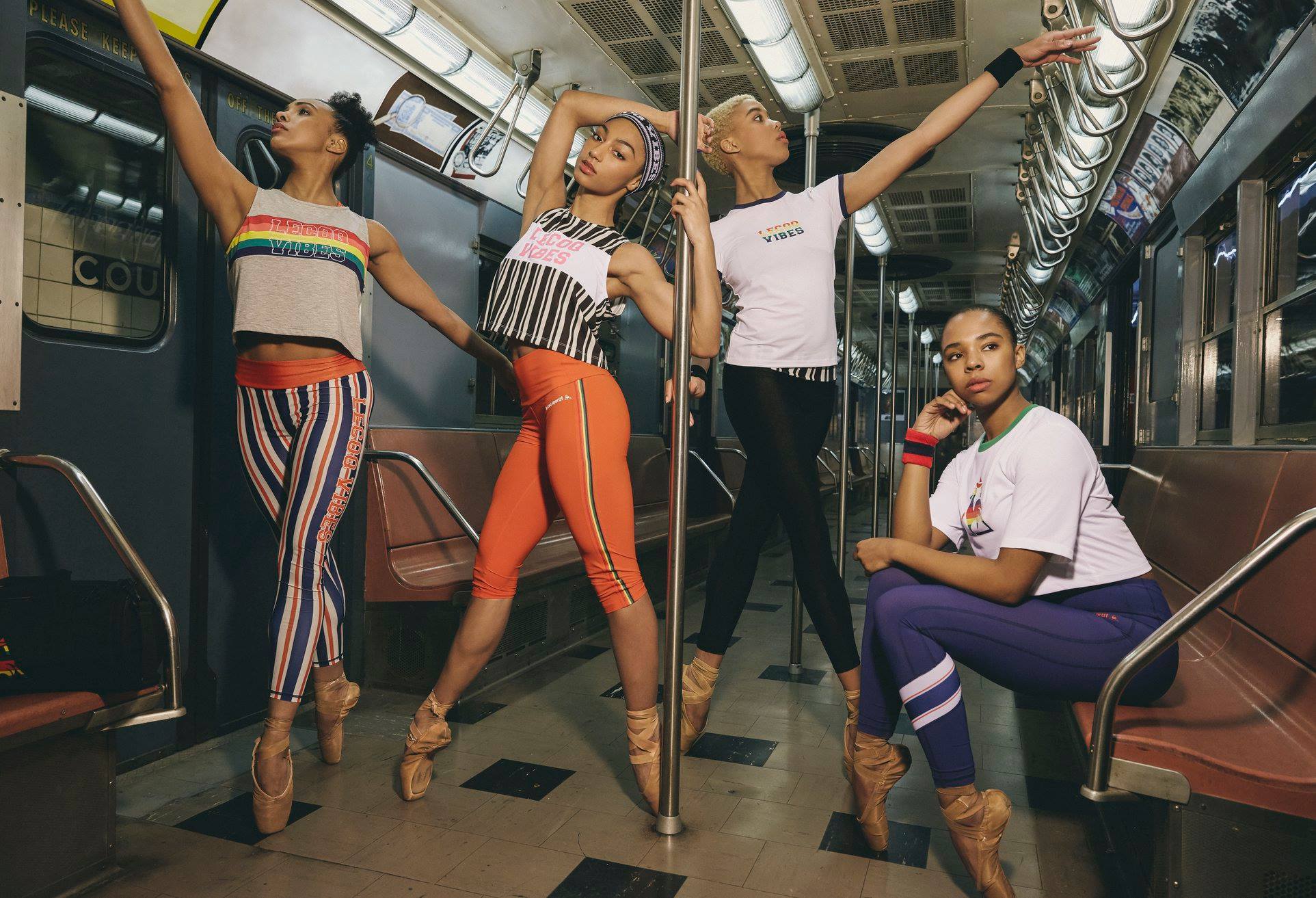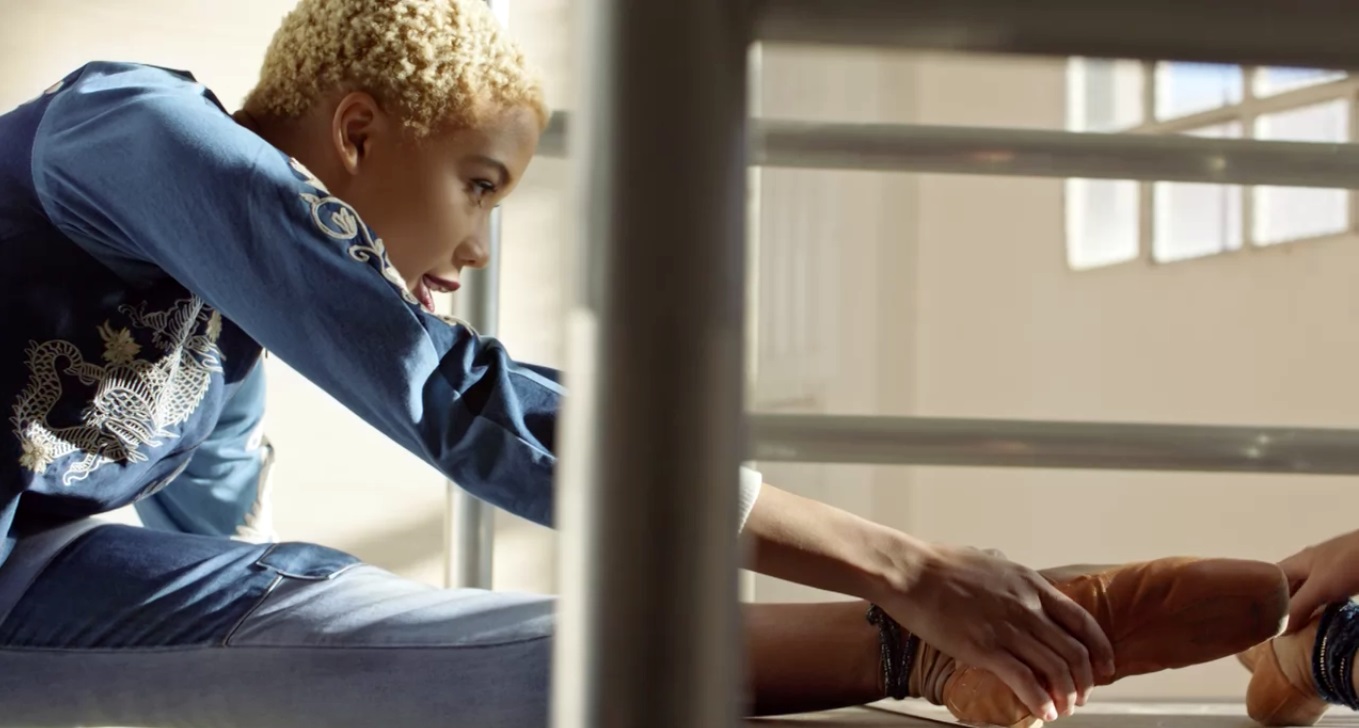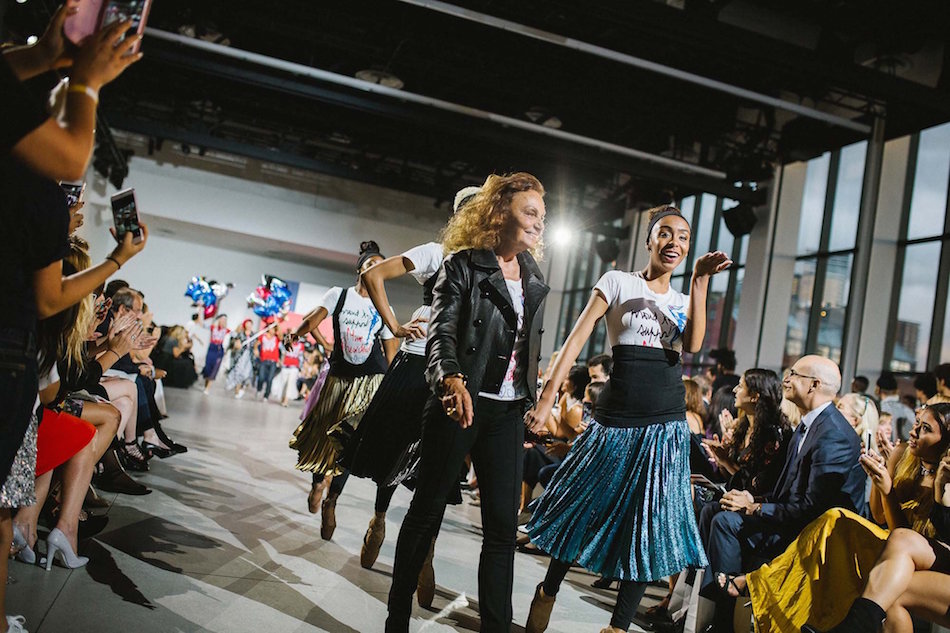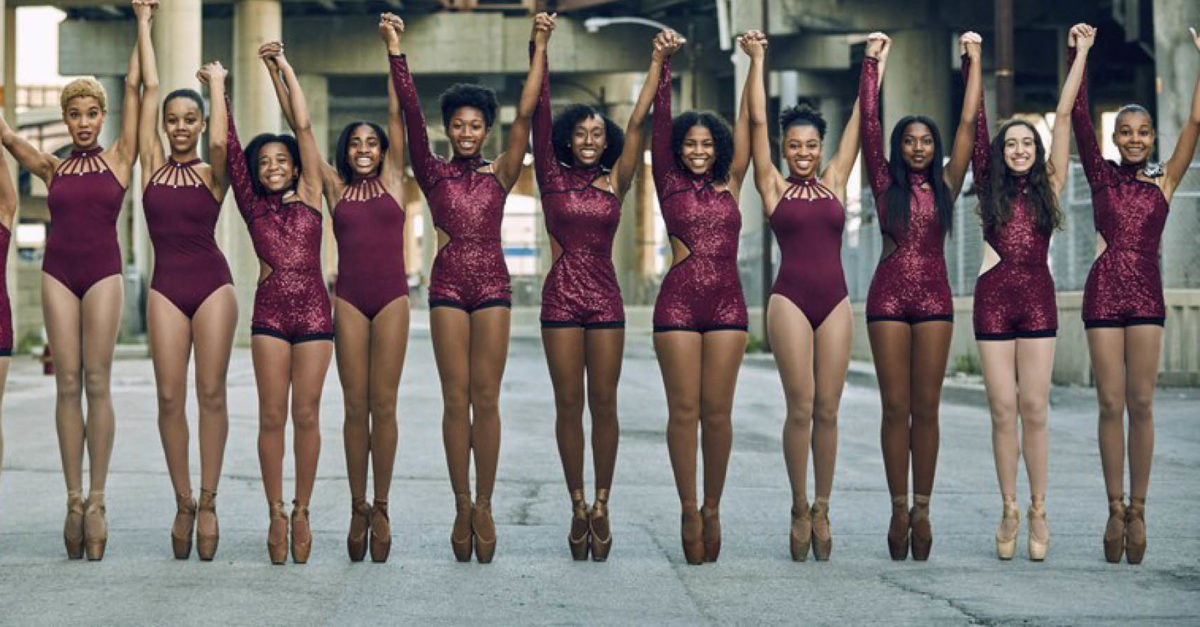A Graceful Remix
During the Italian Renaissance, ballet originated as a style of dance enjoyed by the aristocracy before gaining popularity across Europe. Since then, it has evolved into a highly technical art form, steeped in tradition and refined elegance. Hip-hop dancing, in contrast, is a much more recent style, only dating back to the mid-1970s—when break dancing started becoming more widespread in New York City. Today, it has since reached every corner of the globe. These two vastly different dance styles converged to form a style all its own, known as Hiplet.
“Hiplet was created to make ballet accessible to all,” says creator Homer Hans Bryant. “It mixes classical pointe with current pop songs in an effort to reach audiences that normally wouldn’t attend ballet performances.” The journey of Hiplet began in the early 1990s with “The Rap Ballet,” a style that Bryant, too, created. It was ballet at its core but also included hip-hop moves and music. Fast-forward to 2005, when Bryant decided to experiment more with this style, eventually leading him to create what is now known as Hiplet.
Bryant heads the Chicago Multi-Cultural Dance Center—the only contemporary ballet school that currently teaches this unique dance style. However, don’t be too quick to label it the “easier” version of ballet. “Dancers interested in becoming Hiplet ballerinas must be trained in classical ballet and have at least four years of pointe experience. In order to join the company, dancers either submit a video or request an in-person audition at the CMDC,” says Bryant.
Social media can be largely credited for the worldwide sensation that this dance style has become. This is thanks in part to a video Bryant posted on Instagram, which went on to amass ten million views in a matter of days. The press attention quickly followed, with appearances on Good Morning America and The Steve Harvey Show, as well as features in Vogue, Refinery29, and the New York Times. The ballerinas themselves have also engaged with global megabrands like Mercedes-Benz, Nordstrom, and Old Navy. Despite the success, Bryant is the first to say that they’re just getting started.

FROM THEIR POINTE OF VIEW
Dancers Alexandria Franklin and Nia Parker give us a look into what it’s like being a Hiplet ballerina, including their training techniques, the challenges they’ve overcome, and the messages they have for dancers.
How has Hiplet shaped you, both personally and as a dancer?
Alexandria: Hiplet has expanded my thoughts on dance by encouraging me to explore other dance forms. It’s also permitted me to relax a little bit. I don’t always feel that classical ballet allows the dancer to fully bring their own personality into a dance. However, with Hiplet, every dancer is her own person within the piece.
Nia: Hiplet has allowed me to push myself physically and mentally. Over the years, I’ve found various ways to exceed my limits, and, as a dancer, it only helps me continue to challenge myself. The style also allows me to think outside the box
in terms of movement, and I’m constantly discovering something new.
How has Hiplet impacted your physical and mental well-being? Can you talk more about training and how you prevent injury?
A: It’s important for me to stay balanced because all of the traveling and performing can take a toll on your well-being. I’ll take time to go to the hotel gym when we’re on the road or seek out dance and fitness classes if we’re in a major city. At home, I try to stick to my normal weekly schedule of ballet classes, a yoga or Pilates class, and a heels dance class. I try not to miss Homer’s floor barre class, either, so I can remain flexible and work on my turnout. Dance is a stress reliever for me—it helps the weight of the outside world melt away.
Hiplet really is a full body workout. To prevent injury, I do a few combinations on the floor that I picked up in barre class. Floor barre is similar to Pilates, but instead you are doing ballet positions on your back, which works your core and your turnout. Additionally, I use a resistance band to do ankle exercises before putting on pointe shoes. I often roll out all muscle groups before and after dancing to prevent soreness the next day.
N: Hiplet has really pushed my body to its limits, which I consider a good thing. I feel more comfortable in my movements, and I feel more confident, even mentally. Staying in shape is part of being a professional dancer. On top of ballet and Hiplet classes, I take various classes around the city that are all different styles. Hiplet, in all aspects of well-being, keeps me strong. Training for Hiplet involves focusing on as many styles of dance as you can, because it’s a style that is so different from anything else. My personal stretching routine is pretty standard: I focus on my hamstrings, my hips, and my quads. I also do a lot of lunges and toe touches, along with box stretches. My favorite stretch is sitting with my legs in second position in a stretchy band, which is basically an oversized rubber band. It really helps with my turnout.

What are some of the biggest successes you’ve had? What about challenges you’ve faced?
A: I would say one of my biggest successes is becoming a professional dancer. So many people never understood me when I said that this was my dream. One of my biggest challenges was not permitting their lack of understanding about the dance industry to deter me from following my aspirations. Another challenge was when my friends had begun to work in their respective fields and I was still auditioning and working at a restaurant. I had to tell myself to not let their success in finding “real jobs” make me feel like I was falling behind. Everyone is on a different path.
N: Something I consider a success was working with Le Coq Sportif Korea, through which I got to visit Seoul twice! It’s really cool to be able to work with brands more than once and to see other countries. A challenge I’ve faced is adjusting to my scoliosis. I had to get spinal fusion surgery and relearn how to move my body. I’m still figuring out what works for me.
Do you prefer the ballet elements or the hip-hop elements of this dance style? Or do you enjoy both equally?
A: I’ll always be a ballet girl at heart. I find it valuable that the style is traditional and that there are only a few ways to execute ballet positions correctly. I also thoroughly enjoy the way Homer layers multicultural music and movement on top of ballet. My favorite dance from Hiplet is the Brandenburg, which is our most classical-style dance. This involves dancing to classical music with a hip-hop beat. I also enjoy a piece we have called the Se Vuela, which has Latin and Caribbean dance influences. We recently learned a jazz dance set to Prince music, and I can’t wait to bring all the sass to that dance!
N: I enjoy both elements equally. Ballet has always been my first love, but I’m coming around to hip-hop more and more.

What message do you hope to instill in younger dancers? What’s one piece of advice you would give to the next generation of Hiplet dancers?
A: I always tell Homer, “Thank you for continuing to follow your dreams so that us dancers can follow ours.” Hiplet is proof that if you stay passionate about your craft and stay true to yourself, eventually you will see positive results. I’ve been a professional dancer for a while now, so I hope that I am helping to instill in younger dancers how a professional conducts oneself, like taking care of your body by warming up, taking class consistently, and always being prepared. I’d like the younger dancers to remember that you can get an education and still dance professionally.
N: I always say to try as many styles as you can—being versatile will serve you well even if you end up concentrating on something specific. Genres are blending together a lot more now. For the next generation of Hiplet dancers, push yourself past your limits. It’s always good to think outside the box and come up with something new, especially with our style.
THE FUTURE OF HIPLET
Bryant hopes to expand Hiplet by doing more commercial work and movies and even adding Broadway to the Hiplet ballerinas’ list of feats. But his first plan to take Hiplet to the next level? “We see a bright future that will include a touring company, through which we can continue sharing this art with the world and inspiring the future generation of dancers,” he predicts.
For more info, visit hipletballerinas.com. Photography by: Addison Wright









